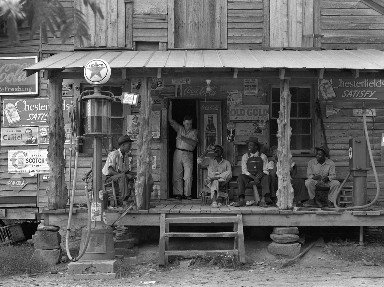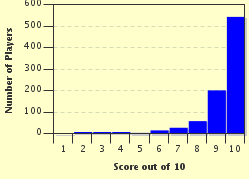Quiz Answer Key and Fun Facts
1. In 1981 Sandra Day O'Connor started another job. But not just any job. Which post did this law graduate get appointed to, marking a historic first?
2. In 1851 Harriet Beecher Stowe wrote a book. But not just any book. Her book depicting the life of African Americans in slavery, led to many people joining the call to abolish slavery. What is the name of the book?
3. Florence Nightingale was a nurse. But not just any nurse. She would later be regarded as the founder of modern nursing. In what war did she do her nursing work?
4. In 1969 Golda Meir accepted a new position. But not just any position. She became the first female Prime Minister of her country. In which country did this take place?
5. In 1932 Amelia Earhart set off on a flight. But not just any flight. She would become the first woman to fly solo over an important body of water. Which body of water is this?
6. In 1429 Joan of Arc went into battle. But not just any battle. She was embarking on a venture that would eventually make her a saint. In what war was she executed for heresy at the age of 19?
7. In 1903 Marie Curie won a prize. But not just any prize. She was credited for her work in physics, along with her husband. Later she won the prize again for her work in chemistry. Which award did she win, the first woman to win it?
8. In 1955 Rosa Parks refused to give up her seat in a bus. But not just any bus I would say. What did Rosa Parks protest against by her act of defiance?
9. In 1942 Anne Frank started a diary. But not just any diary. It would become an important document about the way a Jewish family lived in hiding in the Second World War in a country under Nazi occupation. In which European city did Anne and her family hide from the Germans in "The Achterhuis"?
10. During her life, Jane Goodall started studying a certain type of animal. And not just any animal. She eventually became one of the leading experts on this animal. Which animal did Jane study for close to 45 years?
Source: Author
James25
This quiz was reviewed by FunTrivia editor
bloomsby before going online.
Any errors found in FunTrivia content are routinely corrected through our feedback system.


